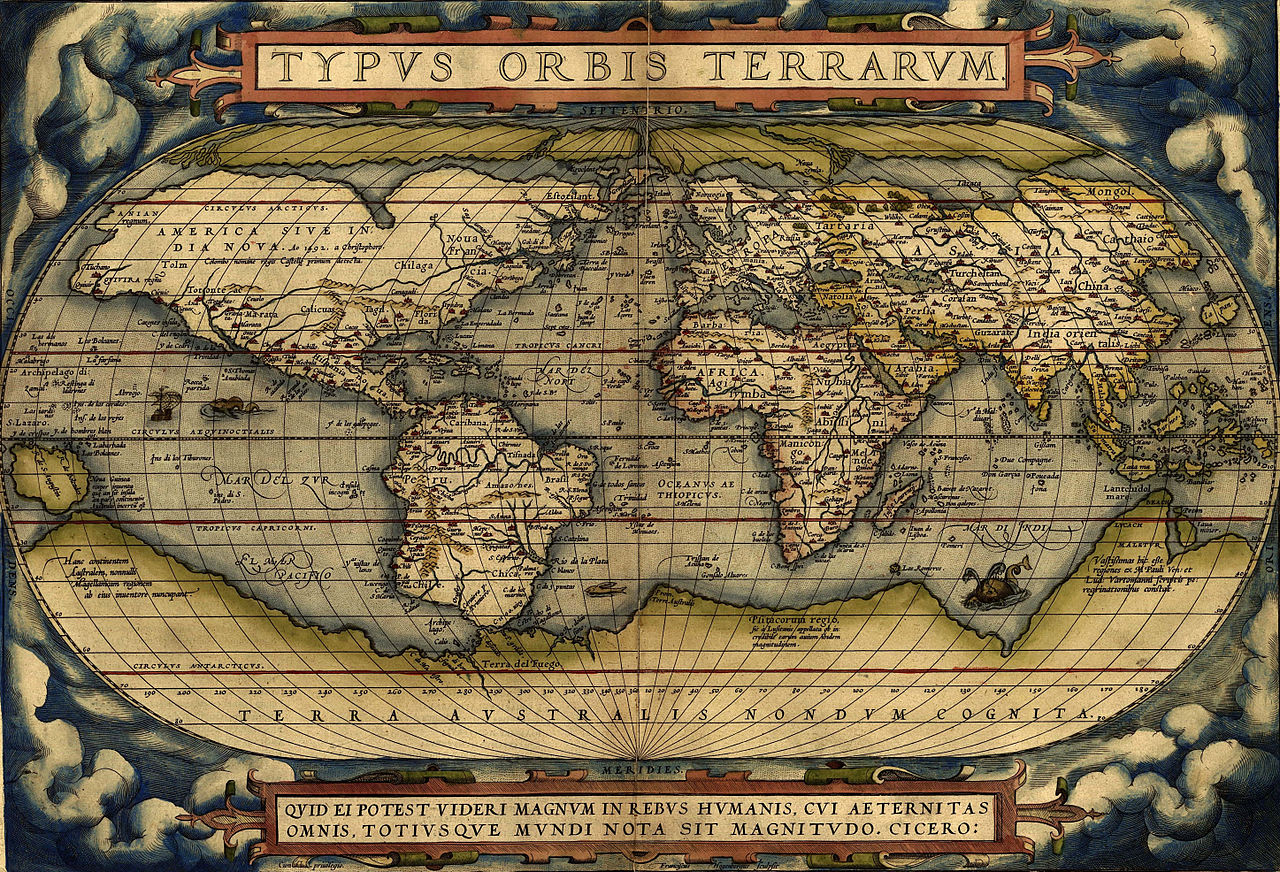European Expansion (1500 to 1900)
During this period, European powers came to dominate most of the world. The most developed regions of classical civilization were more urbanized than any other region of the world until early modern times. This civilization had, however, gradually declined and collapsed; historians still debate the causes.
For example, one of the most advanced civilizations of the Middle Ages was China. It had developed an advanced monetary economy by 1,000 CE. China had a free peasantry who were no longer subsistence farmers, and could sell their produce and actively participate in the market. According to Adam Smith, China has long been one of the richest, that is, one of the most fertile, best cultivated, most industrious, most urbanized and most prosperous countries in the world. It enjoyed a technological advantage and had a monopoly in cast-iron production, piston bellows, Suspension bridge construction, printing and the compass. However, it seems to have been long stationary. Marco Polo, who visited it more than five hundred years ago, describes its cultivation, industry, and populousness, almost in the same terms as travelers in the 18th century describe them.
One theory of why that happened holds that Europe's geography played an important role in its success. The Middle East, India and China are all ringed by mountains and oceans but, once past these outer barriers, are nearly flat. By contrast, the Pyrenees, Alps, Apennines, Carpathians and other mountain ranges run through Europe, and the continent is also divided by several seas. This gave Europe some degree of protection from the peril of Central Asian invaders. Before the era of firearms, these nomads were militarily superior to the agricultural states on the periphery of the Eurasian continent and, if they broke out into the plains of northern India or the valleys of China, were all but unstoppable. These invasions were often devastating. The Golden Age of Islam was ended by the Mongol sack of Baghdad in 1258. India and China were subject to periodic invasions, and Russia spent a couple of centuries under the Mongol-Tatar yoke. Central and western Europe, logistically more distant from the Central Asian heartland, proved less vulnerable to these threats.
Geography contributed to important geopolitical differences. For most of their histories, China, India and the Middle East were each unified under a single dominant power that expanded until it reached the surrounding mountains and deserts. In 1600 the Ottoman Empire controlled almost all the Middle East, the Ming Dynasty ruled China, and the Mughal Empire held sway over India. By contrast, Europe was almost always divided into a number of warring states. Pan-European empires, with the notable exception of the Roman Empire, tended to collapse soon after they arose. Another doubtless important geographic factor in the rise of Europe was the Mediterranean Sea, which, for millennia, had functioned as a maritime superhighway fostering the exchange of goods, people, ideas and inventions.
Nearly all the agricultural civilizations have been heavily constrained by their environments. Productivity remained low, and climatic changes easily instigated boom-and-bust cycles that brought about civilizations' rise and fall. By about 1500, however, there was a qualitative change in world history. Technological advance and the wealth generated by trade gradually brought about a widening of possibilities. Many have also argued that Europe's institutions allowed it to expand, that property rights and free-market economics were stronger than elsewhere due to an ideal of freedom peculiar to Europe. In recent years, however, scholars such as Kenneth Pomeranz have challenged this view. Europe's maritime expansion unsurprisingly — given the continent's geography — was largely the work of its Atlantic states: Portugal, Spain, England, France, and the Netherlands. Initially the Portuguese and Spanish Empires were the predominant conquerors and sources of influence, and their union resulted in the Iberian Union, the first global empire on which the "sun never set". Soon the more northern English, French and Dutch began to dominate the Atlantic. In a series of wars fought in the 17th and 18th centuries, culminating with the Napoleonic Wars, Britain emerged as the new world power.
 HISTORY
HISTORY

RESOURCES
This article uses material from the Wikipedia article History of the World", which is released under the Creative Commons Attribution-Share-Alike License 3.0.
© Stories Preschool. All Rights Reserved.






